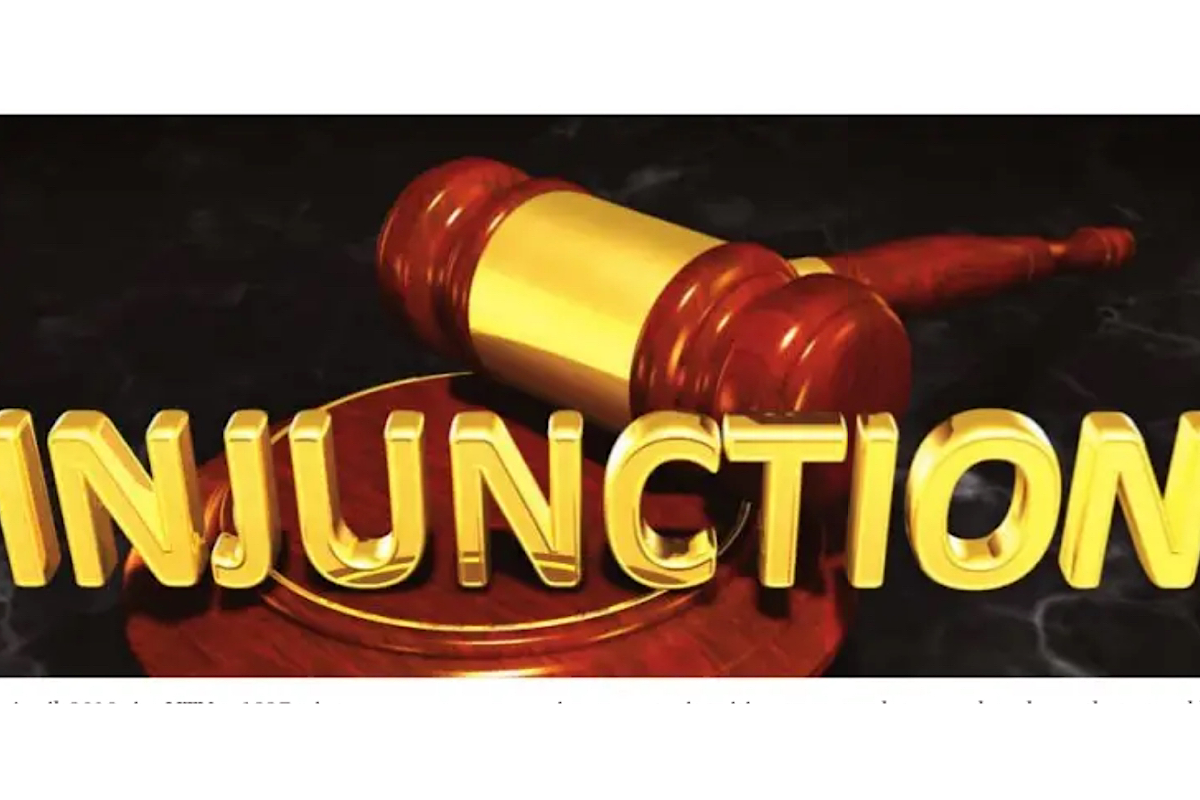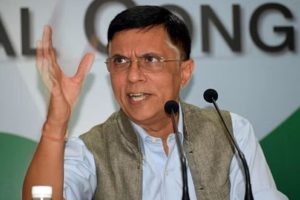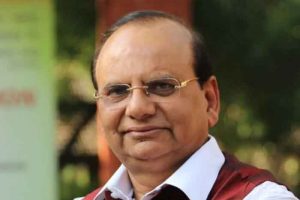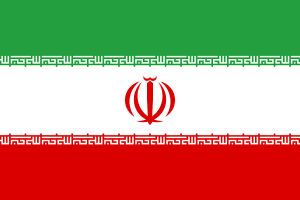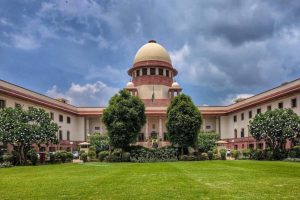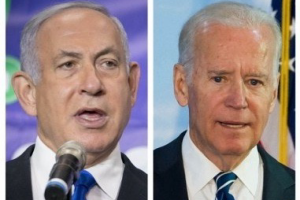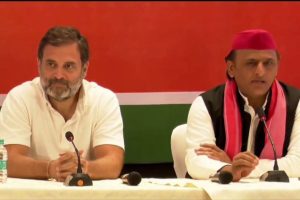The issue of dynamic injunctions is a complex one. On the one hand, the court is confronted with judicially engineering newer ways to present effective remedies to the intellectual property right-holders and shield them from repeated infringement. On the other, these dynamic injunctions do run the risk of going over-board in their application and possibly transgressing into the territory of judicial overreach.
Having said this, it is important to be cognizant that the issuance of dynamic injunctions need not necessarily be excessive at every instance. One of the foremost criticisms of this class of injunctions is that it is usually accompanied by website-blocking orders, decisions that are predicated on the assumption that the entirety of the website hosts illicit, infringing content. In fact, the Bombay High Court recognised this danger in Balaji Motion Pictures, wherein Justice G.S. Patel highlighted the need for scrutiny and reflection on the use of John Doe orders, which are similar in operation to dynamic injunctions.
Overarchingly though, it is agreed that this special class of injunctions are an attempt, or at the very least a thoughtful start, intending to prevent and limit the problem of free-riding that often obscures the incentive to grant intellectual property protection. India is a party to both the WIPO Performers and Phonograms Treaty, 1996 (WPPT) and the WIPO Copyright Treaty, 1996 (WCT) and has thus reoriented her approach to balance the rights of the intellectual property owner, while simultaneously providing sufficient economic incentives to stimulate the creative industries operating in the digital space. The Delhi High Court has come to acquire notoriety for its jurisprudence on intellectual property matters, and its creative application of granting dynamic+ injunctions is no exception. The court in April 2019, in UTV v 1337x. introduced the concept of dynamic injunctions by virtue of its power under Section 151 of the Civil Procedure Code, 1908 to immunise the copyright-holders from ‘mirror/redirect/alphanumeric’ websites.
The rationale behind legally transplanting the concept of dynamic injunctions, whose facets are resplendent in Singaporean law on to a domestic context was to combat the irreparable losses caused by ubiquitous “hydra-headed” websites or, “flagrantly infringing online locations”. Usually, issuance of dynamic injunctions is restricted to protecting the existing works of the right-holders. In August 2023, the Delhi High Court in the Universal City Studios order, carved out an exceptional model of dynamic injunctions, one which would also operate prospectively, and protect the future works of the rightholder. The primary concern with this expansion of the injunction is that it fails to account for the possibility of a dispute of ownership of the copyright.
The natural presumption of ownership of the copyright in favour of the plaintiff discounts the very real potential of there being a third-party claim over the work, which may well add to the cumbersome nature of the court process, proving counterintuitive to the aim of the remedy of dynamic injunctions. Circling back to the larger point on proportionality, and whether Indian courts by issuing dynamic injunctions which are most often coupled with website-blocking orders are justified in their approach, our considered opinion is that in light of the fact that the jurisprudence on dynamic injunctions is still evolving, it does not seem prudent to completely write off the utility of dynamic injunctions as a legitimate remedy to combat ‘mirror/redirect/alphanumeric’ websites.
That said, there are legitimate concerns of disregarding user rights, noncommercial use of digital content, and chilling effect on free speech that do require to be addressed with as much clarity as possible. Justice Pratibha Singh in the Star India Pvt. Ltd. case, recently allowed the blocked websites, which were not “primarily infringing” in nature to approach the court with an undertaking guaranteeing that there would be no illegal dissemination of the plaintiffs’ content on their part, post which there would be a consideration as regards modifying the injunction. Some would argue that it is too little, too late – and perhaps that stand has merit when justifying the economic incentive for a copyright system. However, we must acknowledge that times have changed drastically since the 1990s and creators are often found collaborating with users to allow for greater reach and develop new transformative use of their content. Hence it is an important opportunity to strike a fine balance.
As put forth in the UTV judgement, while expanding upon the quantity v. quality test, the court held that website-blocking orders “should not create barriers to legitimate trade”, and thus a dynamic injunction that would suspend any infringing platform’s website in its entirety – instead of blocking the specific content – is one of the few, but major deficiencies of this remedy. Therefore, when remedying infringement, courts must understand the full ramifications of how much control must the owner be allowed while denying or allowing use of content for any public or non-commercial purpose. Ever since the WCT & WPPT, India has been desirous of signalling clearly that she respects the need to balance rights, so the regulatory aim is to prevent an excessiveness or abuse of the system. However, she fully endorses the economic incentive to provide a limited monopoly for creative industries, and denying an equitable remedy such as a dynamic injunction in light of primary facie evidence would make that social contract meaningless.
So it cannot be asserted enough that the intellectual property owner’s interest must be protected through decisions that envisage reasoned orders laying out the lack of abuse of the system and thus provide a sound basis to enforce the remedy as a mechanism of preventing free-riding. To make a case for having a judicial temper for dynamic injunctions, we can refer to the Bombay High Court’s decision this January in UTI Infrastructure Technology and Services Limited v. Extra Tech World and Ors., wherein the bench resorted to the use of a dynamic injunction to protect public interest relating to preventing the infringement of sensitive personal data such as PAN records. In instances such as these, the issuance of a dynamic injunction is almost automatically necessitated. It is difficult to expect that the plaintiffs, who are service providers of the Income Tax Department, entrusted with processing PAN Applications and other PANrelated information, approach the court on several instances to restrain other anonymous, unnamed infringers thereby compromising national security.
Therefore, there are certainly valid, conflicting opinions as to the utility and overbroad nature of dynamic injunctions, but in our considered view the first step is to iron out the inconsistencies in the court’s understanding of when and how to invoke these injunctions. That would require an understanding and application of uniform standard of proportionality wherein the issuance for a dynamic injunction is required to strike the fine balance.
(The writers are, respectively, Professor of Law, and a student at the Jindal Global Law School, O.P Jindal Global University, Haryana.)

